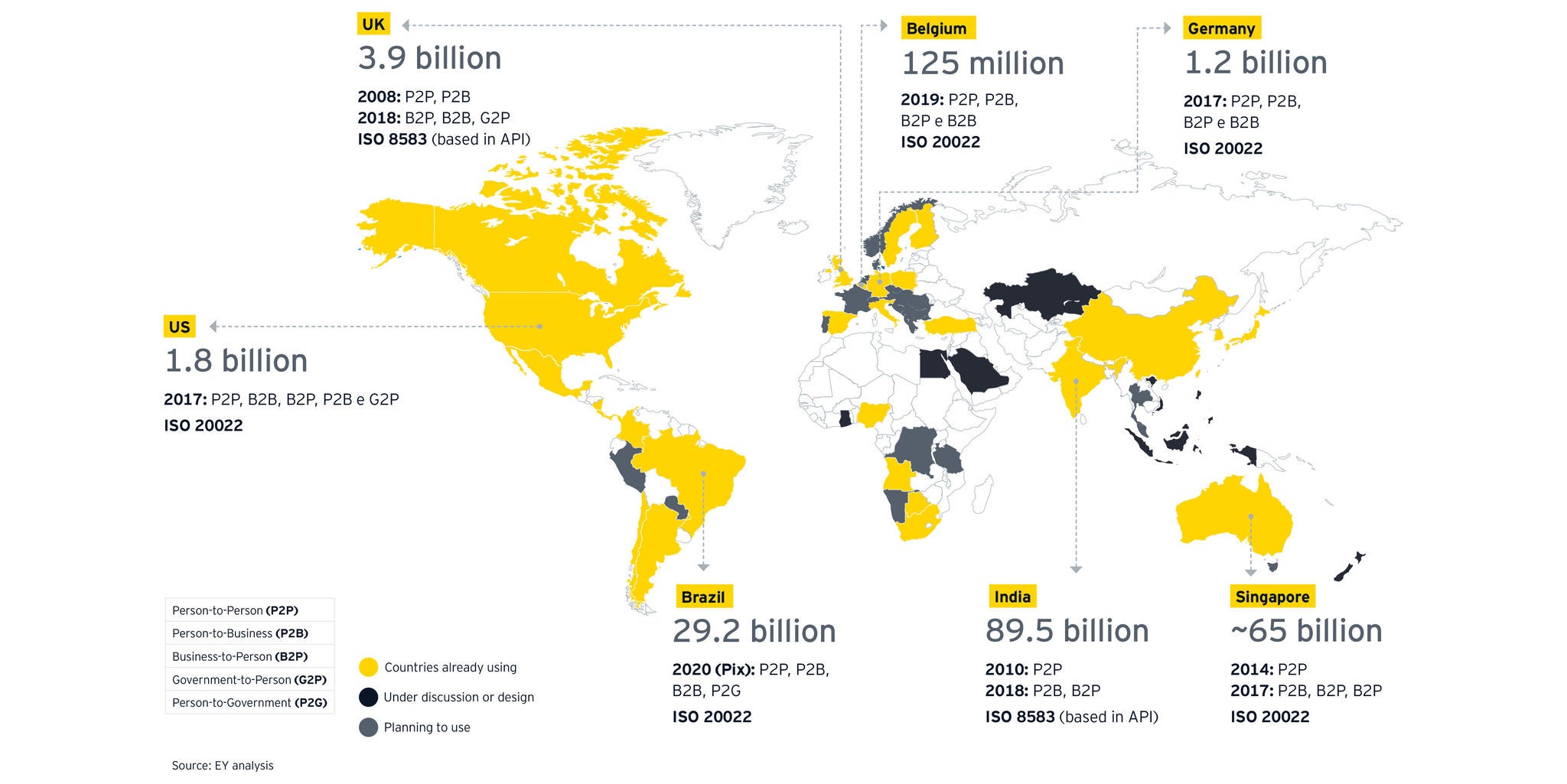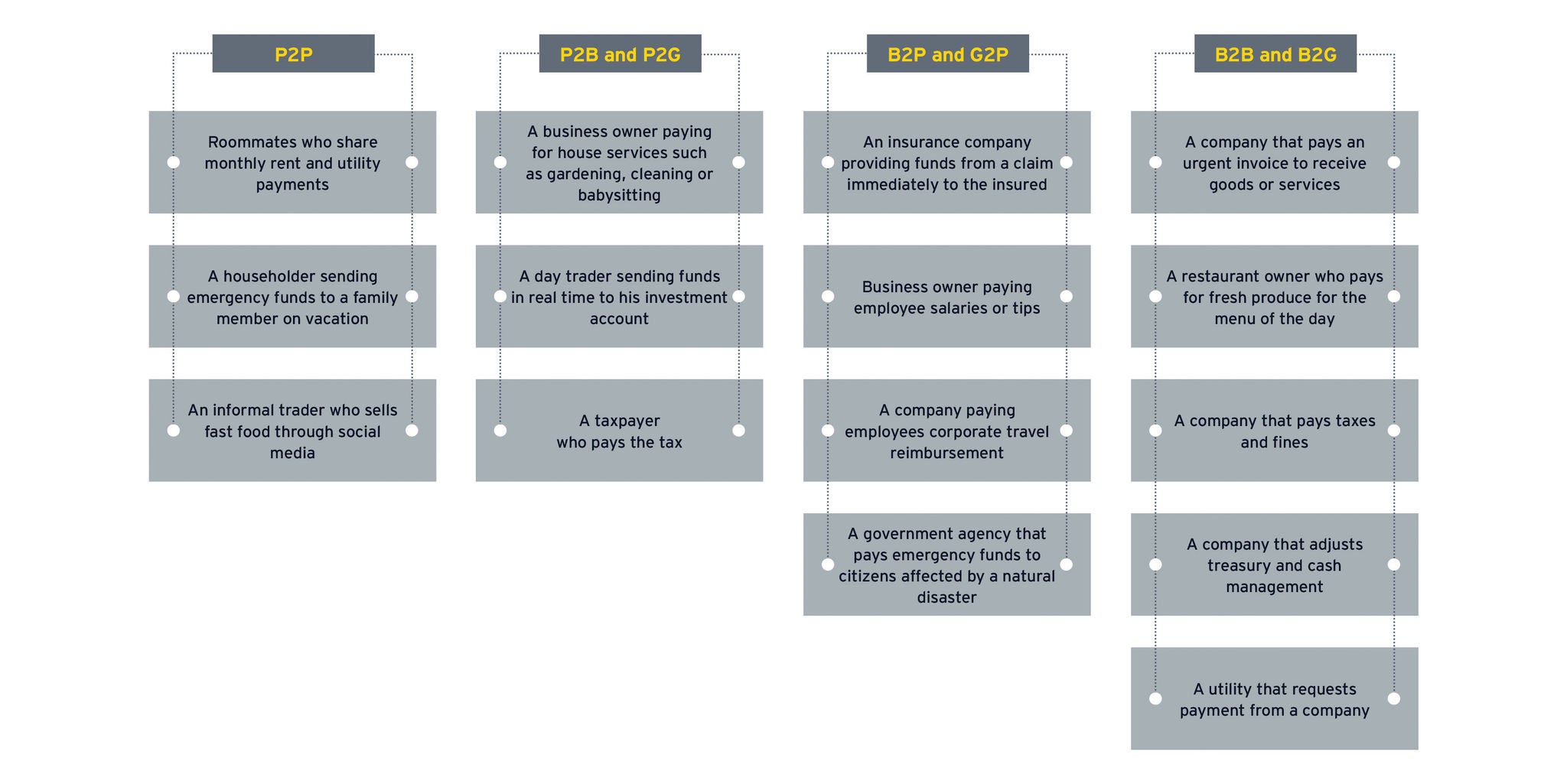EY refers to the global organization, and may refer to one or more, of the member firms of Ernst & Young Global Limited, each of which is a separate legal entity. Ernst & Young Global Limited, a UK company limited by guarantee, does not provide services to clients.
How EY can Help
-
EY cost transformation teams help banks to optimize profits and fund transformation. Find out more.
Read more
While RTP solves several friction points in payments by providing immediacy and simplicity, it also creates additional challenges and overhead costs for financial institutions and FinTech providing RTP services. RTP creates pressure on margins for transaction services, with a bulk of smaller ticket sizes and capped charges in several markets.
With transaction processing revenues being limited, value in RTP systems is shifting toward value-added service (VAS) overlays that are adjacent to payments. In several RTP markets, such as India, payment players with API-enabled integrated payment platforms are increasingly monetizing adjacent VAS like small loans, invoice financing. Newer players are rapidly moving from RTP to traditional banking services like lending. In India, the share of non-bank payments is forecast to increase to 75% by 2026, along with an 80% share of unsecured digital lending. RTP systems create new operational and technology platform demand for payment processors.
Corporate users expect a much more intuitive and integrated experience, and this requires automated, three-way reconciliation and settlement capabilities enabled by richer messaging, including automated notifications sent to senders and recipients. RTP systems need to be integrated into broader ecosystems and must be available not only for banks but also for finance companies, FinTech and other related companies. The irrevocability of RTP systems creates new financial crime risks like the authorized push payments (APP) fraud in the UK. Therefore, increasing regulatory scrutiny of financial crime risk on RTP systems is inevitable. In countries with RTP, regulators are moving to monitor real time compliance with anti-money laundering (AML), financial action task force (FATF), counter-terrorism financing (CTF) and consumer protection regulations.
In the US, the Financial Crimes Enforcement Network (FinCEN) issued guidance in 2020, emphasizing the need for financial institutions to address AML risks associated with RTP. The guidance highlighted the importance of transaction monitoring, customer due diligence and risk assessments in mitigating these risks. The guidelines recommend various measures, such as enhanced customer due diligence, transaction monitoring and risk assessments, to prevent money laundering and terrorist financing.
In general, regulators are taking a proactive approach to manage the risks associated with RTP and are encouraging financial institutions to implement robust AML and fraud prevention measures.









